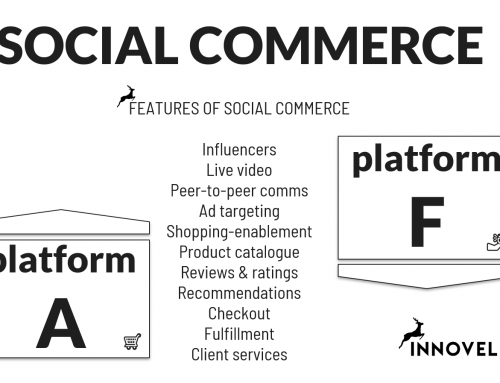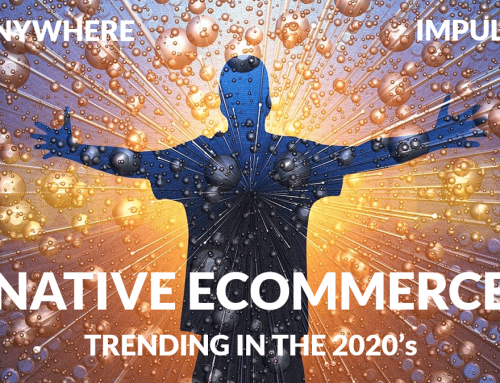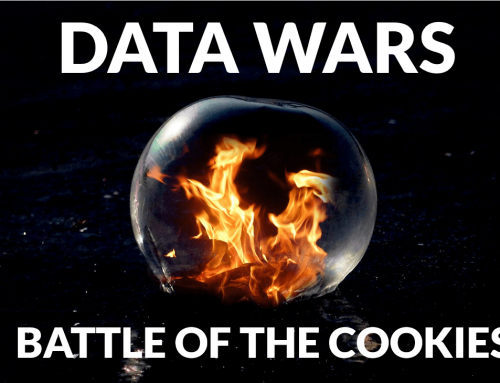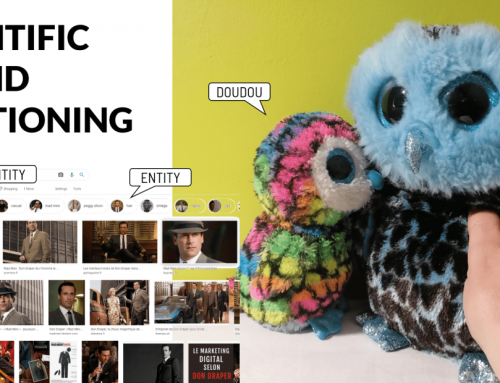Another war has been declared within digital media, the battle for the biosignal. This is a concept coined in an article on venturebeat by Frédéric Marceau of OM Signal, a French company specialising in intelligent fabrics, which designed the Ralph Lauren connected shirts used by tennis players in the US Open 2014.
The battle for biosignals http://t.co/SObuhSxFfI @soanders #leweb #wearabletech
— CMO.com (@CMO_com) December 22, 2014
(the original article published December 2014 on CMO.com)
Frédéric spoke at the Leweb Conference in Paris in December 2014 together with some of the most advanced “Wearable Tech” specialists in the world: David Rose of MIT, JP Gownder of Forrester Research and Cedric Hutchings, CEO of Withings.
There was a strong focus on Health-related wearables and we have seen numerous companies and solutions emerge in this space over the past years. Nike connected their shoes, Fitbit created their connected wristband, Withings launched the connected weight Scales and OM Signals have built the connected shirts and then of course we have the Apple Watch with its cardio functions.
OK, so where is the war going on? Well, there is of course a commercial battle between competing products but the underlying battle may be more important. The one where the big players are fighting for control of your biosignals – data collected from your body and used in intelligent ways for your own benefit. All the above mentioned applications are fun and useful but we may expect more serious health-improving solutions for all ages to arrive on the market shortly.
At the end of the 90’s we witnessed the Browser wars. Netscape had taken a large share of the web browser market and Microsoft woke up to take a fight back in the market for “access to information” with the launch of Internet Explorer. I believe it was the first time Microsoft invested heavily in a product they were giving away for free. They had been owning the access to computing space with the DOS and later Windows operating system for a long time and were challenged by a new and stronger user need: access to information. Later the same type of battle appeared in Mobile operating systems. The battle announced today is for the control of the access to your biosignals.
But the battle field is wide and mined with privacy issues. In essence, our biosignals are intimate private data points although their value is only expressed once they are processed. Monitoring the vitality of an elderly person for the purpose of coming to aid in case of disturbance is a life-saving application and connecting your scales to monitor the evolution of your body weight can be a health-improving application. But for someone else to be hacking my weight on verifying my vital signals is scary and for someone to use that information for commercial purposes seems even worse. Where credit scoring is a common practice today and reputation scoring is being discussed, perhaps one day our bankers and insurance agents will be checking our health score before doing business with us. The main re will be a battle for this information because it is of high value
Considering to what extent geolocation data has had an impact on marketing, we should expect biosignals to have an even stronger impact on marketing in the future. Not necessarily at the personal level but at the aggregate level.
And the usual suspects are already be positioning themselves for the battle. Google is investing in connected objects, like Nest and has an ambitious project for health-related technologies. They are also seeking to federate developers around a platform, Android Wear. Microsoft are investing in e-health management platforms, Facebook did their first health-related investment with a fitness-tracking company in 2014 and Apple are integrating health-monitoring capabilities into their own products but more importantly, have built the Healthbook, an ambitious app meant to centralize your biosignals acquired from various data points: Heart rate, Bloodwork, Hydration, Blood pressure, Activity, Nutrition, Blood sugar, Sleep, Respiratory rate, Oxygen saturation, Weight. A full view of your health situation in one app.
Still, the biosignals are only just starting to be produced via products and apps from the thousands of health wearable start-ups investing the space. And most of the time, the data remains in closed loops. The market is not monetizable yet but we should expect a lot of investment and many acquisitions in the space in 2015.
Forrester have predicted 10 million sales of Apple watches in 2015 and together with the Withings Activité watch which incorporates biosignals into the equation, this year could be the Year of the Watch and will be the year when our biosignals upload massively into the cloud.





